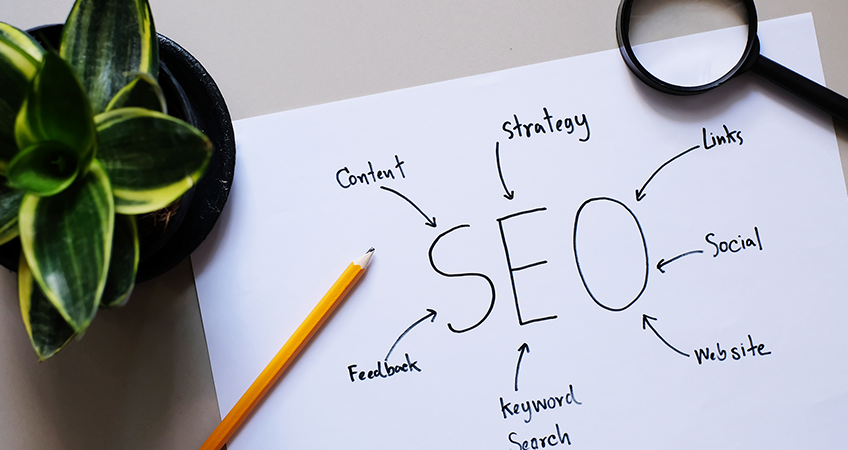11 tips to transform your marketing copy
When creating marketing copy, there are some great digital tools around to help you write for best SEO. The upside is it works for Google, the downside is it can make your copy sound like everyone else’s so that’s where you, as a human writer, have the upper hand. Remember, you need to do more than just get listed on search engines. You need to engage and hold the attention of your readers.
What’s in a story?
Novels, books, films, TV dramas, even the news… all are sources of a story or narrative. (Even ads have a story, and so do brands.) Storytelling belongs to the realm of the human sciences, creativity, philosophy, literature, the arts, and entertainment. These are fields that explore ideas. They encourage immersion, interaction, and exploration. Stories follow themes, have plots, motifs, drama, action, highs and lows. We identify with stories, we don’t even have to like a character in a story, we are coded to follow their journey. Stories have beginnings, middles and ends.
Combining writing for SEO and story?
What happens when, as a marketer, you write with story and SEO in mind? This is a tricky balancing act, a matter of blending different approaches to writing, using different filters governing your approach.
I am suggesting you apply tried SEO strategies, like keyword optimisation and running text through Hemmingway or Grammarly, with the addition of some further tested tools used by journalists to write stories.
Tools from journalists to improve your marketing copy
The following tools help journalists write stories and they can help you improve your marketing copy.
- Who is your target audience?
Determine very specifically who you want to reach. How old are they? What level of education do they have? How teched up are they? You don’t want to patronise your reader, nor do you want to confuse them. (Similar to buyer personas in marketing terms, but is less about the reader as a buyer and more about the target as a reader) - Find your angle.
You can have a story in mind, have all the information, have even written it up, and not yet know what your angle is. Your angle needs to be different, even if slightly so, from everything else out there in the marketplace. It may well have words, or use words, in original and inventive ways.
Boil it down to its core. Part of knowing your angle is knowing why someone would want to read the story. Is it written from your point of view (editorialising), does it include someone else’s perspective (quotes), or offer a non-personal viewpoint throughout. - Create your lead or intro.
A lead or intro (introduction) is one of the most important elements in a story. It can be one sentence, two sentences or a whole paragraph. Your lead must really captivate, or entertain, or provoke your reader, getting them to want to find out more. Journalists can spend hours and hours on their lead alone. Work your intro, it’s the most important part of the entire story. Journalists often read out there leads to anyone who’ll listen, testing them and testing them again for responses. - What’s your central claim or argument?
You will be making some sort of claim or following an argument in a story. What is your through line? Is it a story that follows the life cycle of a topic, a person or a thing? Whatever your argument or claim you will have claim statements, and then material (often facts) to back it up or fill in the details. - Avoid cliché and jargon.
Run your eyes over your text. Are any phrases cliched? Can you avoid them? Rewrite those avoidable terms into your own voice, even if you need to use more words to do so. This is really hard in marketing where ‘leading edge’, ‘innovative’, ‘unique’ are all now over-used. Do not, at the very least, use two clichés in a row. If you need to make a claim, at least prove or show later in the story how something is ‘leading edge’, rather than just saying it is. - Structure top-down in importance.
Put all your interesting information at the top of your content. Place your most exciting and newsworthy information there. People get bored easily. Your reader gets easily distracted Imagine your reader reading down your page, so put the less important material at the end. - What have you already said?
Journalists have to read related stories or material about their topic Know what’s already been said out there, helps you add something more and new to the debate or topic. - Use facts wisely.
Be strategic in how you back a statement and make sure the facts are accurate. Introduce an idea, then substantiate it with facts. - Substantiate.
If you make a claim substantiate it with a quote, some research, statistics, proof or anecdotes. Don’t just make bold claims and leave them hanging out there. (This might not always be the same for marketing copy where you do make claims.) - Colour or human interest.
A good writer can make anything interesting, often helped using ‘colour’. Colour is often the human-interest angle or any elements of the story that are intriguing or literally ‘colourful’. You need facts or ‘colour’, or a mixture of both in your text. Startle and interest your reader with your information, anecdotes, and details that are interesting in themselves. - Tone and active voice.
Don’t rely on exclamation points to generate excitement. Your information and unfolding story should do that. Invite people in through tone and writing in an active voice, rather than passive.


